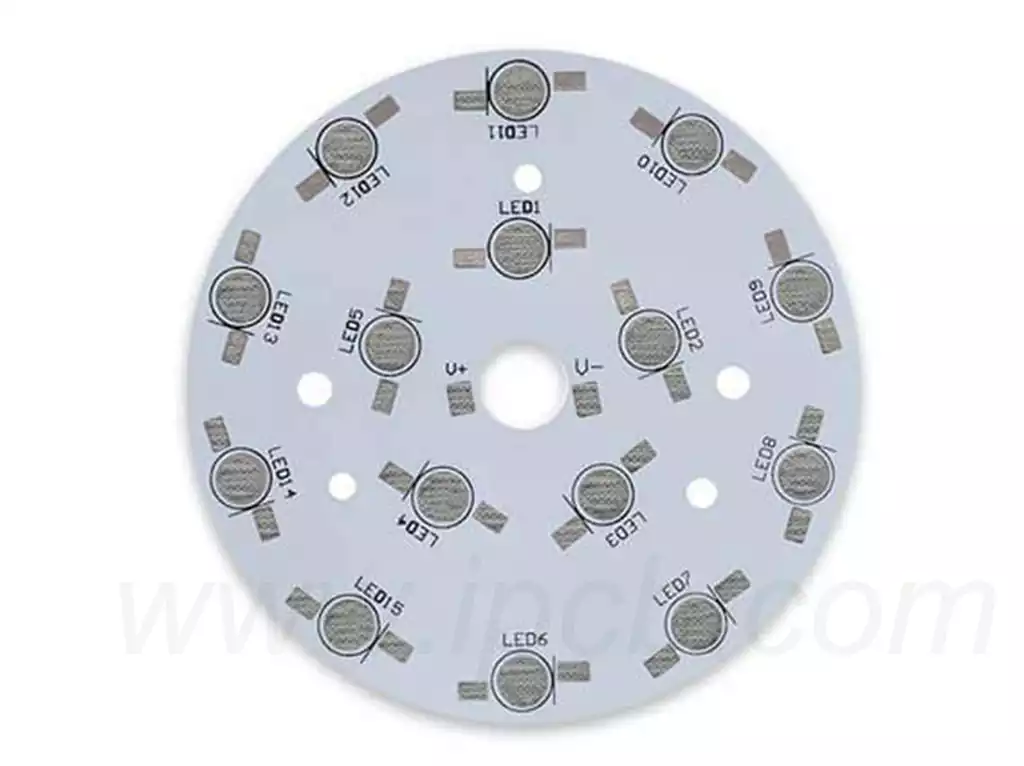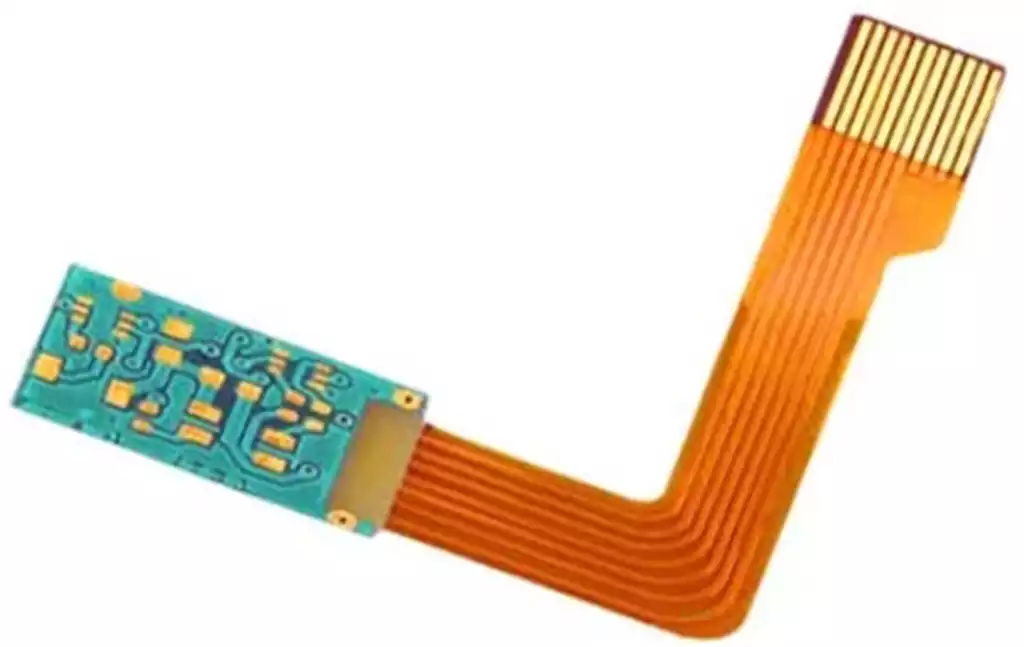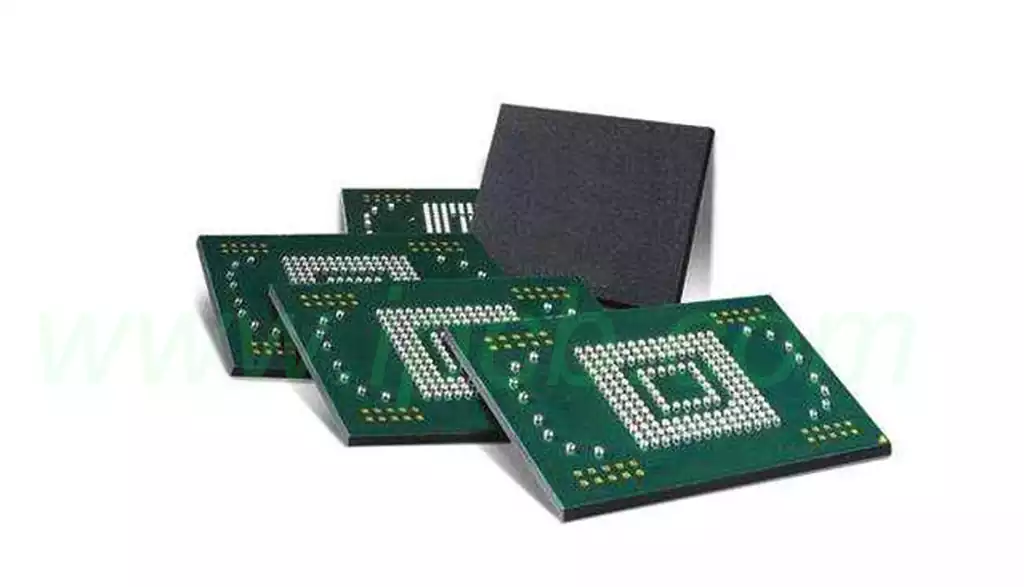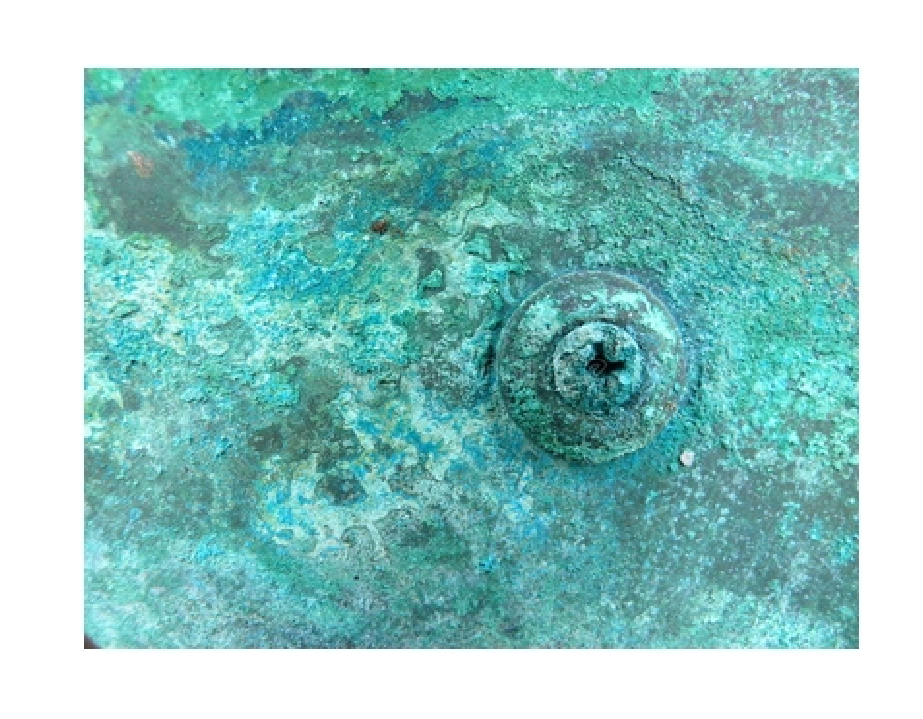Parameters to consider when designing circular led circuit board to ensure board performance, reliability and applicability:
- Material selection
Material selection has a significant impact on the performance of circular led circuit board. Commonly used materials include aluminum, FR-4 and CEM series materials. Aluminum substrates are ideal for LED round circuit board due to their excellent thermal conductivity and ability to dissipate heat effectively. - Thermal Management
Effective thermal management is an integral part of designing circular LED circuit board. LEDs generate heat when operating, so the design must consider heatsinks, thermal conductive layers, and proper layout to prevent overheating problems. Thermal management strategies such as the use of large heat sinks or improved thermal conductive layer technology can significantly improve the life and stability of the board. - Layout Design
Layout design involves electronic component placement, alignment planning, and pad design.Accurate layout can improve electrical performance, reduce signal interference, ensure signal integrity, and ensure that the components are easy to install and maintain. During the layout process, care should be taken to avoid excessive proximity between vias and pads to reduce the risk of bad solder joints. - Electrical Characteristics
Electrical characteristics include power requirements, grounding design and anti-interference design. These characteristics directly affect the efficiency and reliability of the circular LED circuit board. The use of appropriate electrical design principles, can reduce electromagnetic interference, to ensure that the LED lamps and lanterns can work stably. - Production process
Understanding the impact of the production process on the design is equally important. To take into account the PCB manufacturing accuracy, process tolerances and assembly process requirements, such as SMT welding specifications. These factors will affect the quality and functionality of the final product.
Steps to make a circular LED circuit board:
- Design the circuit diagram
First, the circuit board diagram needs to be drawn in electronic design automation (EDA) software. When designing the circuit, you should make sure that the LED connection, driver circuit and power management circuit meet the required electrical characteristics. It is important to check the polarity and number of LEDs to ensure that the lighting requirements are met. - Creating a Circular PCB Layout
When drawing a PCB layout, you can use software tools to draw a circular outline. A common method is to draw a circle as the shape of the board, and then determine the location of the holes according to the design requirements, such as mounting LEDs or other components. You can use “Tools->Convert->Creat Board Cutout from Selected Primitive” function to convert the selected graphic to PCB cutout. - Layout of LED components
According to the design,the LED components are placed on the board in a predetermined arrangement. Generally, LEDs can be evenly distributed around the circumference or center of a round PCB to ensure uniformity of light and visual effect.The position of each LED should avoid overlapping as much as possible to facilitate subsequent soldering and electrical connections. - Processing the circuit board
After completing the circuit layout, the PCB design can be converted into production files,usually including Gerber files. These files will be used by the PCB manufacturer for production.The choice of material for the PCB is also an important part of the manufacturing process. Aluminum substrates are usually recommended to enhance thermal performance. - Soldering and Assembly
When the PCB manufacturing is completed, the circuit board and LED components for welding. When welding, special attention needs to be paid to the polarity of the LED to ensure that it is properly installed to avoid damage. In addition, the circuit connections are tested to ensure that all LEDs can emit light properly. - Completion and testing
Finally, after completing the assembly, the circuit board should be fully tested. Check the functionality of each LED and circuit to ensure that it operates properly under the required operating conditions. At the same time, heat dissipation and power consumption tests should also be carried out to ensure that the circuit board does not overheat when operating efficiently.

Effectively dealing with the heat dissipation of the circular LED circuit board is the key to ensure its long-term stable operation:
- Selection of high thermal conductivity materials
In the design of circular LED circuit board, the selection of high thermal conductivity materials is the basic work. Aluminum substrate because of its excellent thermal conductivity (generally between 1-2 W/m-K), can effectively dissipate the heat generated by the LED, thereby extending the service life of the LED and improve performance. Aluminum compared to traditional materials such as FR-4, its thermal performance is significantly better, making it an ideal choice for high-power LED applications. - Reasonable design of heat dissipation structure
The design of the heat sink structure directly affects the thermal management effect.Effective heat sink design should maximize the contact area and air circulation to improve thermal efficiency. The larger the surface area of the heatsink,the better the heat dissipation effect, so the shape and direction of the heatsink should be considered to guide the heat out of the board quickly.In addition,good contact between the heat source and the heat sink should be ensured as much as possible to reduce the thermal resistance and thus improve the heat transfer efficiency. - Optimized layout of LED components
The layout of LED components should avoid excessive concentration of heat, and it is crucial to reasonably arrange the location of heat sources. Through reasonable arrangement, heat dissipation efficiency can be improved to avoid heat accumulation in specific areas. Proper spacing between components is not only beneficial to heat dispersion, but also ensures air flow and improves overall heat dissipation. The use of thermal interface materials can reduce the thermal resistance between the LED chip and the heat sink and improve the efficiency of heat transfer. - Overall thermal management measures
Overall thermal management is another important aspect to ensure the long-term stable operation of LED circuit boards. For the heat output when the circuit board is working, it may be necessary to add heat sinks or other cooling devices. For high power LEDs, additional thermal management using air or liquid cooling systems is an effective method. While air-cooled systems are lower in cost and simpler in design, it may be difficult to achieve adequate heat dissipation in high power applications. Liquid-cooled systems are more costly, but they are more advantageous in terms of stability and heat dissipation, and are suitable for temperature-sensitive applications. - Monitoring and control
The implementation of temperature monitoring and control systems can be found in a timely manner the board’s heat dissipation problems. By monitoring the operating temperature of the LED in real time, it ensures that it operates within a safe range and effectively avoids performance degradation or failure due to overheating. Combined with the temperature sensor and control system, the operation of air-cooled or liquid-cooled equipment can be automatically adjusted, thus realizing intelligent heat dissipation management.
Against the backdrop of the increasing development of modern lighting technology, circular LED circuit board is gradually becoming the ideal choice for various industries due to their unique design and outstanding performance.However,heat dissipation is always a key factor affecting LED performance and life. By selecting high thermal conductivity materials, reasonably designing the thermal structure,optimizing the layout of LED components,implementing overall thermal management measures,and strengthening monitoring and control, we can effectively improve the thermal efficiency and ensure the stability of the circuit board in long-term operation.



